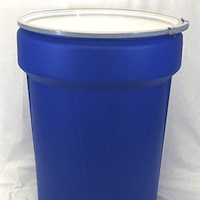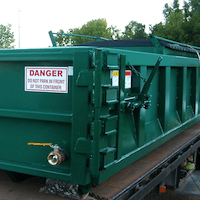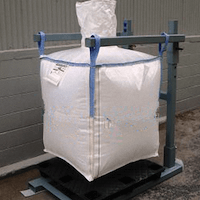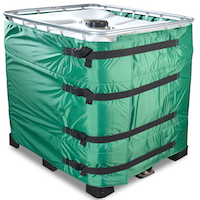Water In Fuel Absorbers Can Reduce Or Eliminate Potential Engine Failures
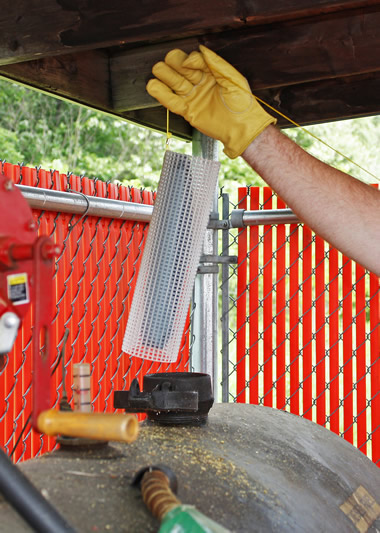 Maintain peak performance and prevent engine failure. Our Water In Fuel Sorbent pulls in water that collects in fuel tanks before it can cause damage.
Maintain peak performance and prevent engine failure. Our Water In Fuel Sorbent pulls in water that collects in fuel tanks before it can cause damage.
Helps preserve engine life and prevent frozen lines by removing water from fuel stores; also minimizes filter-clogging rust and algae
Ballast forces absorber to bottom of tank, where unwanted water settles; highly-absorbent filler pulls in water but repels gas and diesel fuel.
Tough nylon line for easy deployment and retrieval.
Specifications and Dimensions (example for: 3.5 in. x 12 in. model)
Ext. dia. 3.5″ x 12″ L
Pkg: 1 per package
Color: Gray/Clear
Composition: Plastic/Nylon
Absorbency: Up to 36 oz. per package Incinerable:
Shipping Class: 85
Available Sizes: 3.5 x 12, 2 x 12, 1.5 x 12 and 1 x 9 (inches)
Active Inner Absorbent Filler: 100 percent starch grafter polymer (encapsulant and solidifier)
Instructions for Using Water in Fuel Absorbers
- Make sure the diameter of your tank opening is big enough to insert and remove the absorber without resistance.
- Extinguish cigarettes or any other burning materials before opening the fuel tank.
- Hold the retrieval cord and slowly lower the absorber assembly into the tank. Allow several minutes for the unit to sink.
- Be sure the retrieval cord length will allow the absorber to lie at on the tank bottom. (This is where the water will be.) Shorten the retrieval cord to remove excess slack.
- Attach the retrieval cord to the underside of the fuel cap or any location that still allows the cap to be replaced.
- When the Water absorber is fully saturated, remove it from the fuel tank. Saturation will be indicated when the nylon inner bladder expands tightly against the outer casing. Saturation level should be checked monthly and replaced every three months regardless of saturation.
- Install the absorber so that it will not obstruct the fuel outlet or sending unit. THIS IS ESPECIALLY IMPORTANT IN MOVING VEHICLES.
NOTICE: Alcohol-based fuel additives designed to disperse water reduce the effectiveness of the Water in Fuel Absorber.
DISPOSAL NOTICE: Used absorbents can be considered hazardous and must be disposed of in compliance with local, state and federal regulations.
CAUTION: Not to be used with on-road passenger vehicles, tanks with anti-siphon mechanisms or tanks with fill necks.


 P.O. Box 8149
P.O. Box 8149